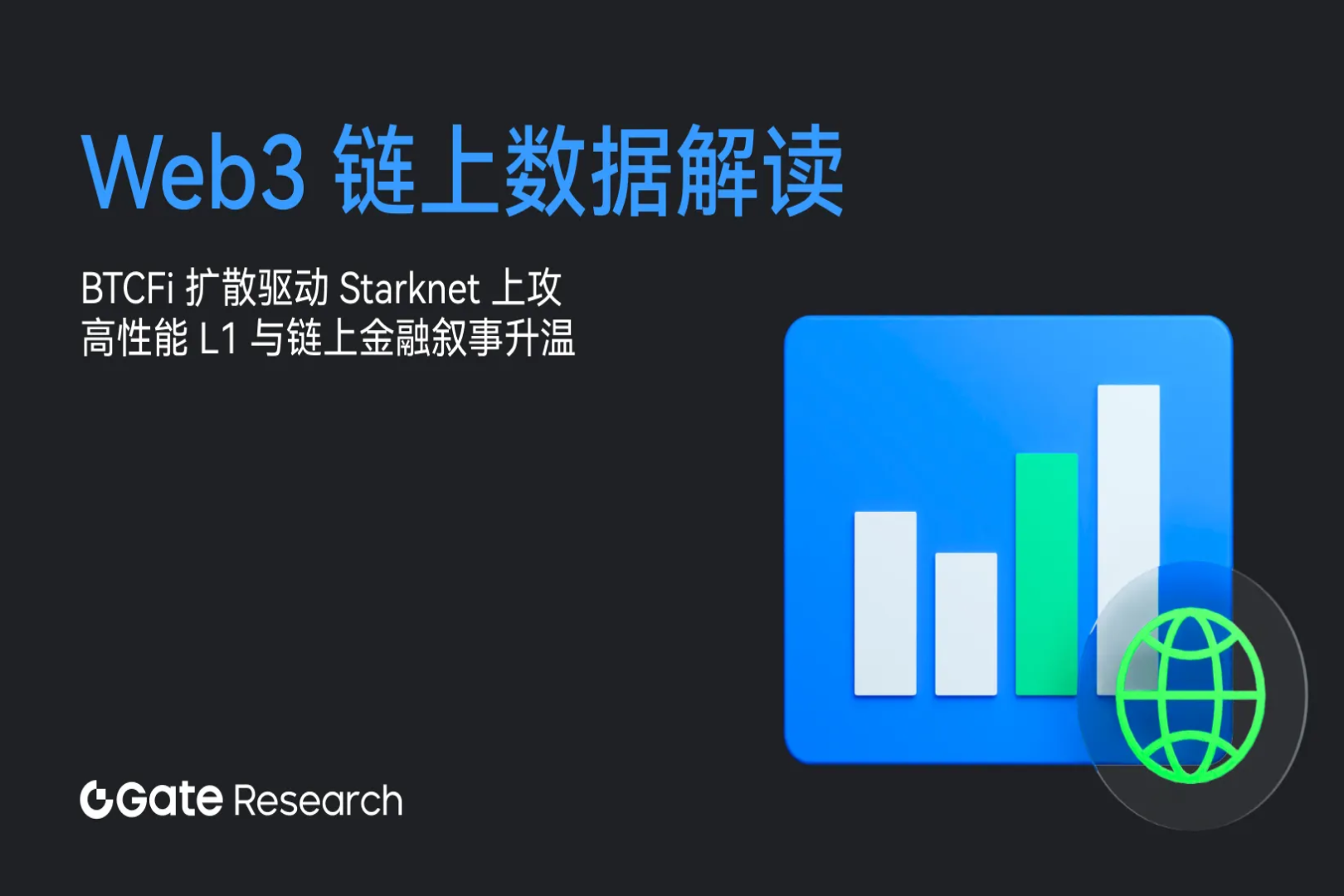BlackRock enters the ETH collateralized ETF, which tracks and projects will benefit first?
On July 17, global asset management giant BlackRock made another precise move - its iShares Ethereum Trust Fund (ETHA) officially submitted a 19 b-4 document to the U.S. Securities and Exchange Commission (SEC), intending to introduce a pledge function for its Ethereum ETF.
Although Franklin Templeton, Grayscale, 21 Shares and Fidelity had already submitted similar proposals, when BlackRock joined the battle, market sentiment instantly heated up. The reason is simple: BlackRock is not the fastest one, but it always becomes the one that "successfully passes" in the end, which once again ignited the outside world's strong expectations for the SEC to release pledged crypto ETFs.
According to analysts' estimates, the SEC is expected to give a preliminary response to the early submitted pledge proposals before October this year. If the review goes smoothly, the formal approval time may be brought forward to the fourth quarter of 2025.
At present, the total assets under management of Ethereum spot ETFs have exceeded 17 billion US dollars, of which ETHA ranks first with a scale of 8.7 billion US dollars. If the staking function is approved, it will not only reshape the investment logic of Ethereum, but also inject new growth momentum into the entire on-chain ecosystem. This article will focus on this historic turning point and systematically sort out which tracks and projects will benefit first after the Ethereum ETF introduces the staking mechanism.

From a speculative tool to an income asset, ETH's asset attributes are being reshaped
For ETH, the launch of a collateralized ETF may mean a structural reassessment of the nature of the asset.
Compared with traditional financial assets, Ethereum has a "native advantage" - it is not only a speculative asset, but also can obtain staking rewards by participating in on-chain verification, and the current actual annualized return rate is about 3.5%. Once the ETF is approved to introduce a staking mechanism, its investment logic will be upgraded from a single price increase expectation to a dual-engine drive of "price + return". This model is similar to holding treasury bonds to earn interest or holding blue-chip stocks to receive dividends, and will become the first US cryptocurrency ETF to provide returns to institutional and retail investors. This shift could transform Ethereum into a financial asset that can generate income within a regulated investment tool, making it an attractive option for traditional finance.
Eric Jackson, founder of EMJ Capital, once predicted that Ethereum is expected to hit $10,000 or even higher in this cycle. His model attributes ETH's potential growth momentum to four major factors: its stable 3.5% staking yield, the net negative issuance trend since the merger, the new demand brought by the upcoming approval of staking ETFs, and the growth of network activity driven by Layer 2 and tokenized assets. Jackson's team pointed out that the supply and demand structure of ETH is tightening rapidly, and if the ETF passes faster than expected, coupled with the large-scale adoption of Layer 2, it is not a fantasy for ETH to break through $15,000 in the next few quarters.
Who is the real winner in the staking track?
Liquidity Staking Protocol
The biggest technical and operational challenge of integrating the staking function into the Ethereum ETF is liquidity management. Unlike the "T+0 tradable" feature of traditional financial assets, once ETH is staked, it will be locked in the network, and exiting requires a formal release process. According to the design of the Ethereum protocol, when a validator chooses to exit the stake, he must wait for multiple stages such as queuing for block generation and block confirmation, and the exit queue is limited by the current load of the network-during peak periods, this process may last for days or even weeks.
This is a thorny issue for ETF issuers. ETF products must ensure that users can buy, sell, and redeem their shares at any time. However, if a large amount of ETH held by the fund is locked and pledged, and there is a sudden large-scale redemption request, the fund may not be able to liquidate the assets in a short period of time, resulting in liquidity mismatch risk.
To alleviate this problem, ETFs usually reserve some unstaked ETH as a liquidity buffer pool, but this will sacrifice staking income and weaken the "on-chain income" appeal that the product should have. A more practical solution is to use the Liquid Staking Derivatives (LSD) protocol.
Its core mechanism is to generate tradable "staking certificate" tokens (such as Lido's stETH and Rocket Pool's rETH) from the pledged ETH. These tokens represent ownership of the pledged ETH and can be traded in the secondary market, so that the pledged assets maintain on-chain liquidity. If the Ethereum ETF uses the LSD protocol, it can not only obtain sustainable staking income, but also meet redemption needs at any time through derivative assets such as stETH, solving the liquidity pain points of traditional staking. This makes the LSD protocol a key "liquidity intermediary" between the ETF and the Ethereum network.

The market has responded quickly to this logic. After the news that BlackRock submitted the ETHA staking application was announced, Lido's governance token LDO rose by more than 20% within 24 hours, indicating that funds are rapidly pouring into the LSD sector that may benefit. Once the SEC officially approves the Ethereum ETF that supports staking, the TVL of protocols such as Lido and Rocket Pool is expected to expand significantly, and their native tokens will also usher in a new round of valuation revaluation.

Centralized trading platform
The Ethereum ETF issuer chooses not to build its own nodes or rely on decentralized protocols. The most realistic and convenient solution is to use centralized staking service providers, such as Coinbase, OKX, etc. These platforms have built mature node infrastructure and can provide institutional clients with one-stop staking solutions, including node operation, reward distribution, key management, etc., which greatly reduces the technical threshold.
Take Coinbase as an example. Its liquid pledge token cbETH (Coinbase Wrapped Staked ETH) provides users with a way to enjoy both pledge income and on-chain liquidity. cbETH represents the ETH pledged by users on Coinbase. Users can transfer, trade or use it for on-chain interactions without unstaking. Its principle is similar to Lido's stETH, but it is issued and managed by a regulated centralized platform, so it is more easily accepted by regulators and more in line with the compliance needs of traditional financial institutions.

Other trading platforms such as Kraken and OKX also provide similar staking services, which can provide customized solutions for institutional users. It is worth mentioning that although centralized staking services have obvious advantages in convenience and compliance, they also face certain risks. For example, the SEC has initiated enforcement actions against the staking services of centralized trading platforms, alleging that they constitute "unregistered securities issuance."

In general, under the current background of stricter compliance requirements, centralized trading platforms, with their technological maturity and license resources, are still one of the important options for ETF issuers to realize the on-chain staking function. In particular, products like cbETH may become representative assets with both liquidity and returns in the "compliant version of LSD" track in the future.
Summarize
The strong expectation of the approval of Ethereum ETF pledge not only means that traditional finance has officially entered the "on-chain income era", but also marks the complete transformation of ETH from a speculative product to an income-generating asset. With institutions such as BlackRock taking the lead in entering this track, the LSD protocol, node operators and centralized trading platforms are standing in the spotlight, ushering in a new round of valuation reassessment window.
As regulation becomes clearer and infrastructure becomes more complete, this multi-party collaboration around "ETH staking income" may become the key point for the integration of Web3 and Wall Street. Whoever can win ETF cooperation resources first will occupy a more core position in the next crypto cycle.



